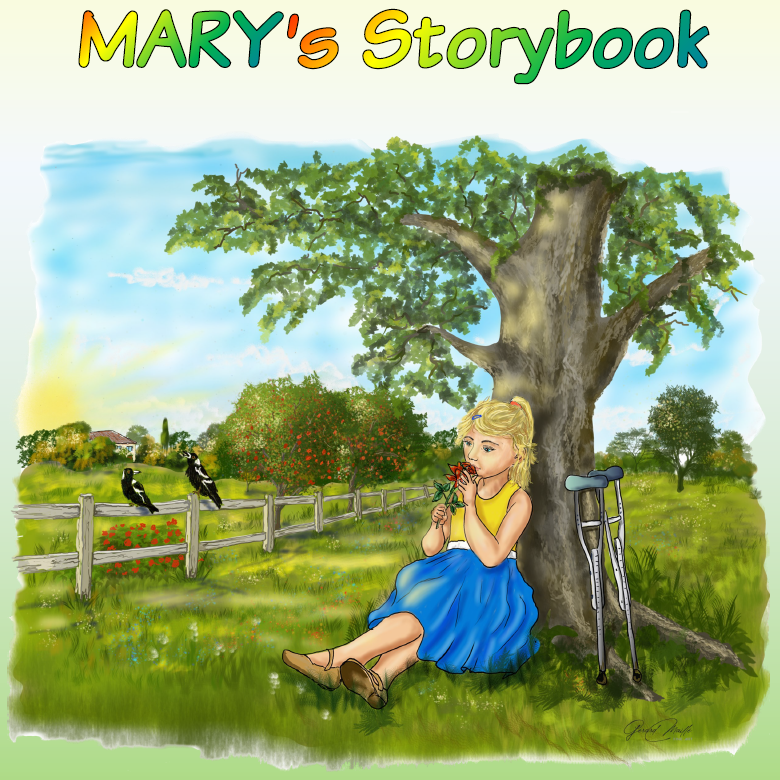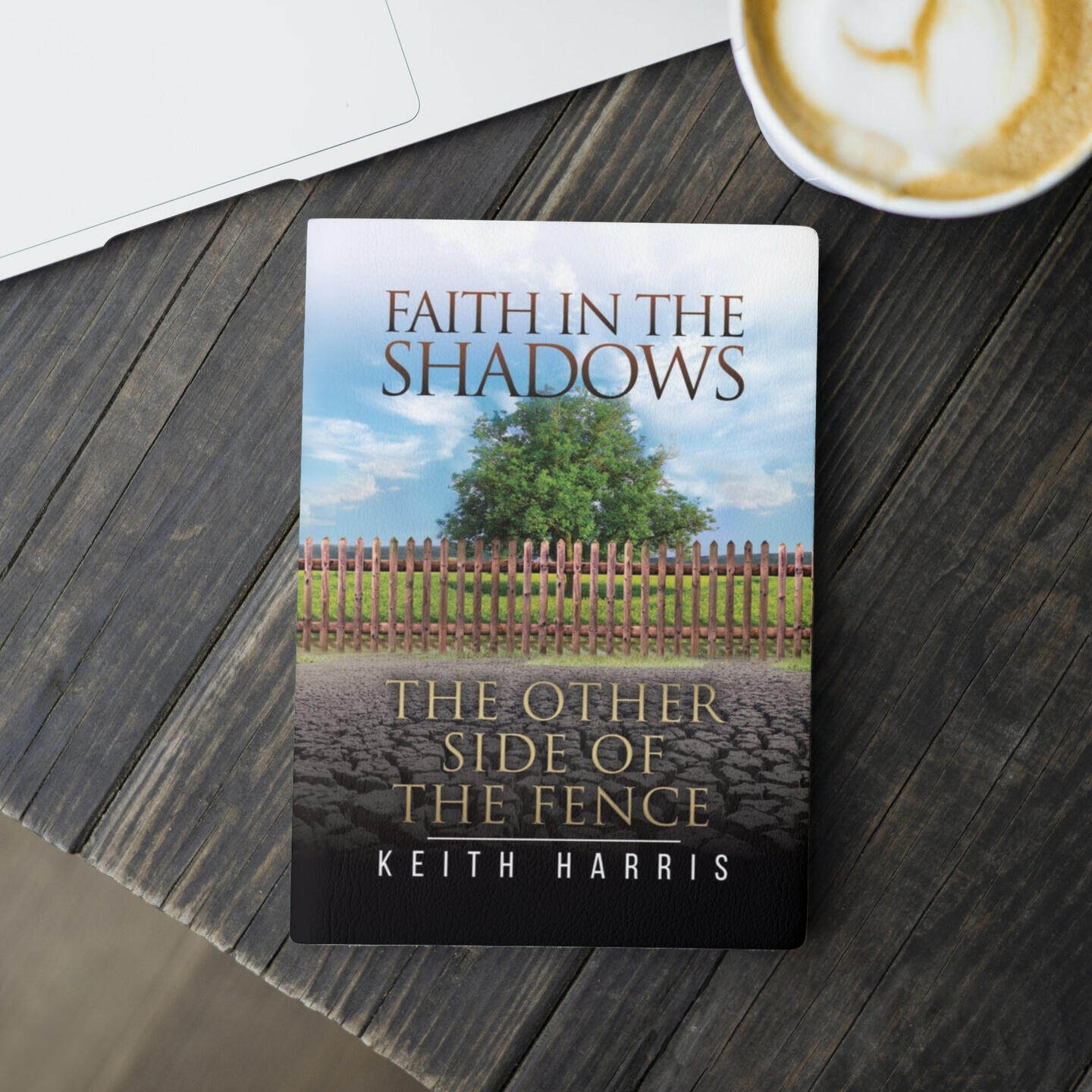Introduction to 'Faith in the Shadows: The Other Side of the Fence'
We live in a world where 'value' is frequently assessed through a person's perceived capabilities or external attributes. Disability can create significant challenges to this 'value' model. Faith in the Shadows proposes new discourse in our perceptions of 'value', recommending a new paradigm of inclusion and acceptance based on a person's spiritual value rather than their functional or external value. This approach opens a pathway to the realisation of a new and much healthier understanding of faith, disability, and the worlds in which people with disability frequently live.
Why Read this Book:
Every author would like you to read their book; that is a given. Of course, as the author of this book, I could say many reasons why I would like you to read it. But I would rather tell you what drove me to author this book. Do you have, or know, a family member, friend, or partner who lives with a complex disability diagnosis? Many of us do.
We have one, our daughter. Her adaptive functionality is rated as being in the low range of 0.1% (Vineland II) of women her age in our state of Queensland. In 2001, we began a journey into the world of complex cognitive neurological disability (Autism), a journey that, after 20 years, formed the text of this book. This book' Faith in the Shadows' comes to you from the real-world experience of parents living on the Other Side of the Fence, looking into the shadowy world of the one they love.
What is the Purpose of the book:
This book aims to investigate and comment on the realities of Faith and Disability in the life of a complex – diagnosis disabled person. This book looks at how disability impacts upon and interacts with the human body – the spiritual nature of a disabled person in order to discover theological, practical, and encouraging strategies for them, their families, carers, pastors, church leaders, friends and colleagues in the wider community.
Why the long Discussion?
This book is not a short read, and it will take some time to work through the discussion towards our conclusion; however, the following points are worth noting as we prepare to engage in our discussion on life and 'faith' in the Shadow World.
To understand the challenges that disability can bring to a discussion on faith and inclusion, I thought we needed a basic overview of disability and how it might impact thought and expression concerning faith in God. Establishing definitions and boundaries clears up a lot of mis-information about faith and disability, particularly about disability and faith in their core principles.
As caring for a disabled person can, at times, be 'hard-yakka,' so too reading this book. However, the rewards are great. As you read this book, you will discover new dimensions of faith and inclusion for disabled people in the Body of Christ on Earth.
(Faith in the Shadows: The Other Side of the Fence, page 3)
The Final Word on Faith in the Shadows:
Finally, and most importantly, we need to establish and remember that the Shadow World is a place where real people live, where they experience joy and pain, gladness, and sorrow, hope and disappointment, dreams and ambitions, faith, and life just like you and I do.
In Faith in the Shadows, we establish the principles that.
The Shadow World is a place where things are often clouded, but it is also a place where real people live, and,
Although the Shadow World is often a place clouded from our eyes it is a place of 'being' where 'faith,' and the love of God, are a reality for those who live there.

